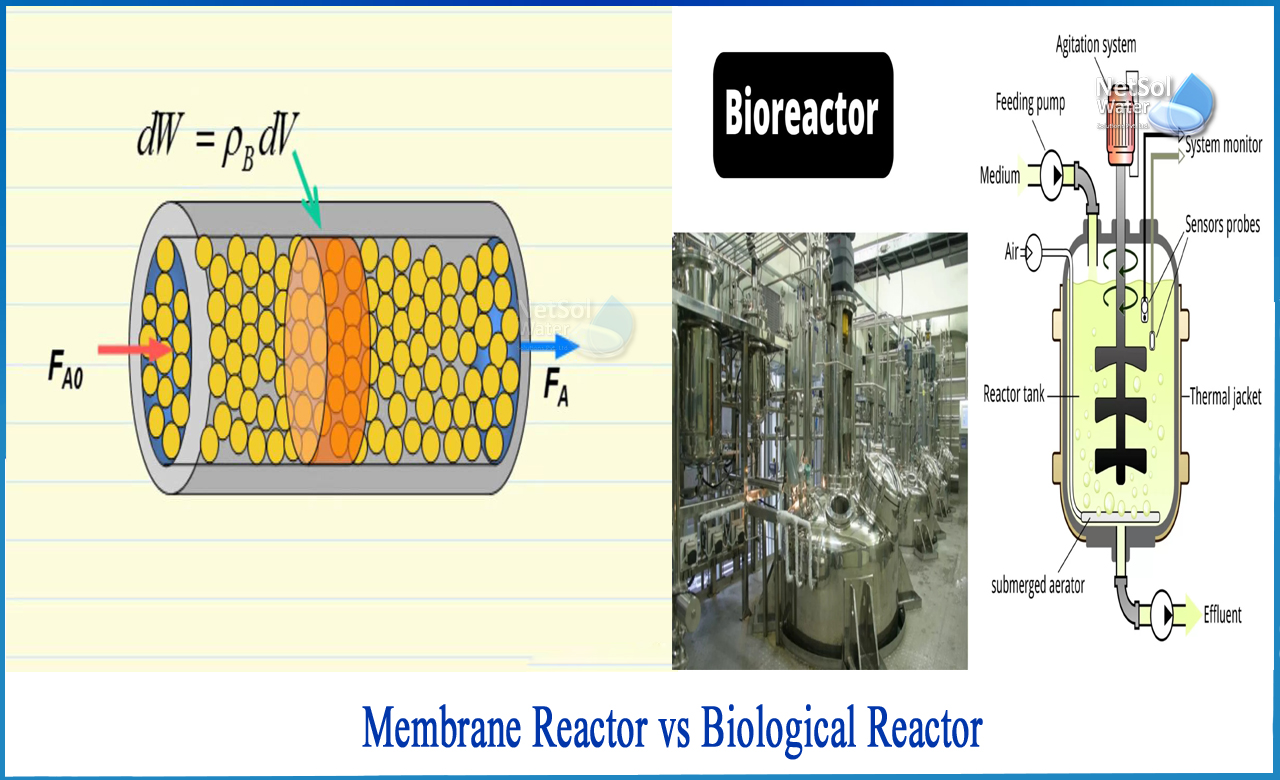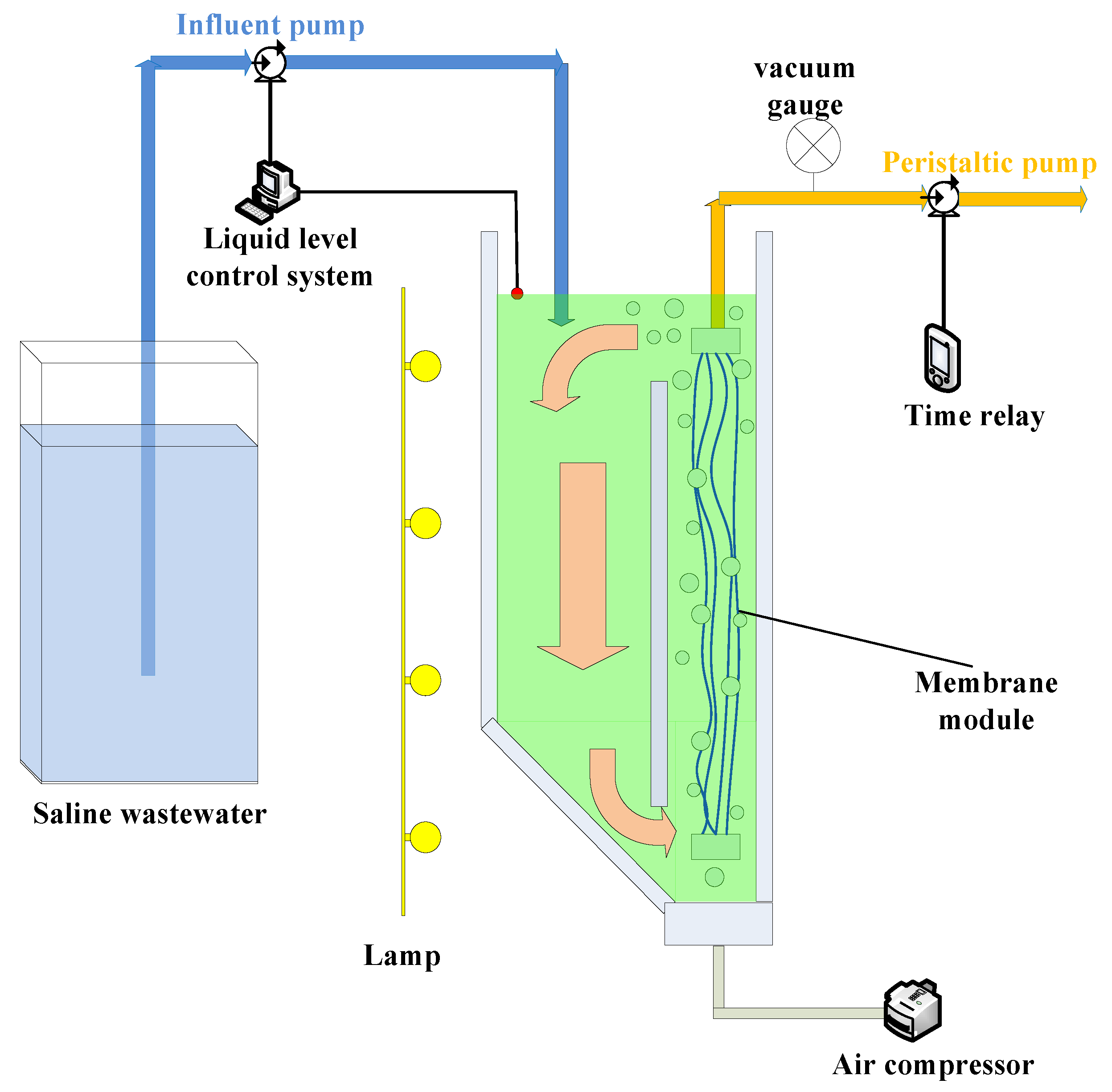How Membrane Bioreactor Can Help Meet Stringent Environmental Regulations
Understanding Membrane Bioreactors: The Future of Wastewater Therapy
Membrane bioreactors (MBRs) stand for a significant development in the area of wastewater treatment, incorporating organic processes with innovative membrane filtration to boost effluent quality. As worldwide water deficiency and strict regulative structures become progressively pushing issues, MBR innovation supplies an effective action via its ability to lessen impact and optimize resource healing.
What Are Membrane Layer Bioreactors?

The core parts of MBR systems consist of a bioreactor where microbial activity occurs and a membrane system that filters the blended alcohol. This double capability makes it possible for the synchronised degradation of raw material and solid-liquid splitting up in a solitary action. MBRs can run in both immersed and exterior arrangements, with immersed systems being extra common due to their portable layout and functional performance.
The fostering of MBR modern technology has actually gotten grip in different applications, ranging from community wastewater treatment to industrial effluent management. MBRs are specifically useful in circumstances where room is restricted or rigid effluent quality standards must be fulfilled. By maintaining a high concentration of bacteria within the bioreactor, MBRs boost the deterioration of organic toxins, thereby generating higher therapy performances compared to conventional methods.
Key Advantages of MBR Technology
The assimilation of biological therapy with membrane filtering in MBR systems provides countless benefits that set it apart from typical wastewater treatment approaches. One of the key benefits is the improved effluent quality. MBRs successfully remove put on hold virus and solids, achieving higher degrees of purification that fulfill stringent discharge requirements and facilitate water reuse applications.

One more substantial benefit is the decreased sludge production. MBR systems create much less excess sludge, leading to lower disposal prices and a decline in ecological impact. The closed nature of the membrane system lessens the threat of odor emissions and improves general procedure control.
Last But Not Least, MBRs are versatile and adaptable, making them appropriate for numerous wastewater kinds, consisting of commercial and municipal sources. The ability to integrate with sophisticated treatment innovations additionally boosts their performance, making MBRs an encouraging solution for the future of wastewater administration.
Difficulties and Limitations of MBRs
While MBR innovation offers many advantages, it likewise encounters numerous obstacles and constraints that can affect its extensive fostering. One substantial difficulty is the high resources and operational expenses related to MBR systems. The first investment for membrane layer products and the needed facilities can be considerable, making it much less accessible for smaller sized markets or towns.
Additionally, membrane layer fouling stays an important problem that can decrease system performance and rise maintenance demands. Fouling happens when solids, organic matter, or bacteria collect on the membrane surface, leading to lowered permeability and requiring constant cleaning or replacement.
One more limitation includes the complexity of the modern technology. MBR systems need experienced personnel for procedure and maintenance, which can be get more an obstacle in regions with minimal technical expertise. In addition, the disposal of spent membrane layers presents ecological worries, as the products are commonly not biodegradable and can add to squander monitoring challenges.
Last But Not Least, while MBRs can effectively deal with a large range of wastewater, they might not appropriate for all applications, especially those with high focus of fats, oils, and greases, requiring more research and development to attend to these limitations.
Applications of Membrane Bioreactors
In various sectors, membrane layer bioreactors (MBRs) have actually become a functional solution for wastewater therapy (Membrane Bioreactor). Their applications span municipal, commercial, and agricultural setups, showcasing their versatility and effectiveness in diverse settings. In metropolitan wastewater treatment plants, MBRs significantly boost effluent quality, allowing for water reuse and minimizing the environmental effect of released wastewater
Industrially, MBRs are used in food and drink handling, fabric production, and pharmaceutical manufacturing, where they effectively treat high-strength waste streams. Their capability to handle varying tons and varying pollutant concentrations makes them particularly valuable in these sectors. Additionally, MBRs facilitate the removal of pathogens, put on hold solids, and natural issue, adding to compliance with strict discharge policies.
In agriculture, MBRs are increasingly utilized for dealing with farming runoff and livestock wastewater, enabling the recuperation of nutrients for plant food production. They also aid in the therapy of greywater for watering, promoting lasting water administration practices.
The flexibility of MBRs is additional confirmed by their combination with other technologies, such as anaerobic food digestion and progressed oxidation processes, boosting total performance and resource recuperation in wastewater treatment systems.
The Future of Wastewater Treatment
Innovations in innovation and an expanding emphasis on sustainability are forming the future of wastewater therapy. Membrane bioreactors (MBRs) exemplify this change by incorporating biological therapy processes with membrane layer filtering, resulting in high-quality effluent ideal for reuse. The pattern in the direction of circular economic climates is prompting centers to embrace MBRs for their capacity to recuperate sources, such as water and nutrients, from wastewater.
Advancements in membrane materials and configuration are improving the efficiency and durability of MBR systems, reducing functional click reference prices and energy intake. Smart modern technology assimilation, including real-time surveillance and automated control systems, is additional maximizing performance and allowing anticipating maintenance, hence minimizing downtime.
Additionally, societal expectations and regulative stress are pushing industries and communities to take on more sustainable methods. Membrane Bioreactor. The news change towards decentralized wastewater treatment options is obtaining traction, permitting local therapy that reduces transportation expenses and power usage
Conclusion
Membrane bioreactors (MBRs) represent a transformative technique to wastewater therapy, incorporating biological processes with advanced membrane innovation. The advantages of MBRs, consisting of enhanced effluent quality, minimized spatial demands, and reduced sludge manufacturing, place them as a sensible solution amid growing urbanization and stricter environmental policies. In spite of existing difficulties, the continued advancement in membrane layer products and functional methods guarantees to boost the efficiency and fostering of MBRs, guaranteeing their essential function in the future of sustainable wastewater administration.
Membrane bioreactors (MBRs) represent a noteworthy innovation in the area of wastewater therapy, incorporating organic processes with innovative membrane layer purification to improve effluent high quality.Membrane bioreactors (MBRs) combine organic therapy processes with membrane filtration to properly deal with wastewater.The combination of biological therapy with membrane layer purification in MBR systems uses various advantages that establish it apart from standard wastewater treatment methods. Membrane layer bioreactors (MBRs) exemplify this shift by incorporating biological treatment procedures with membrane filtration, resulting in high-grade effluent ideal for reuse.Membrane bioreactors (MBRs) represent a transformative strategy to wastewater treatment, incorporating organic processes with innovative membrane technology.